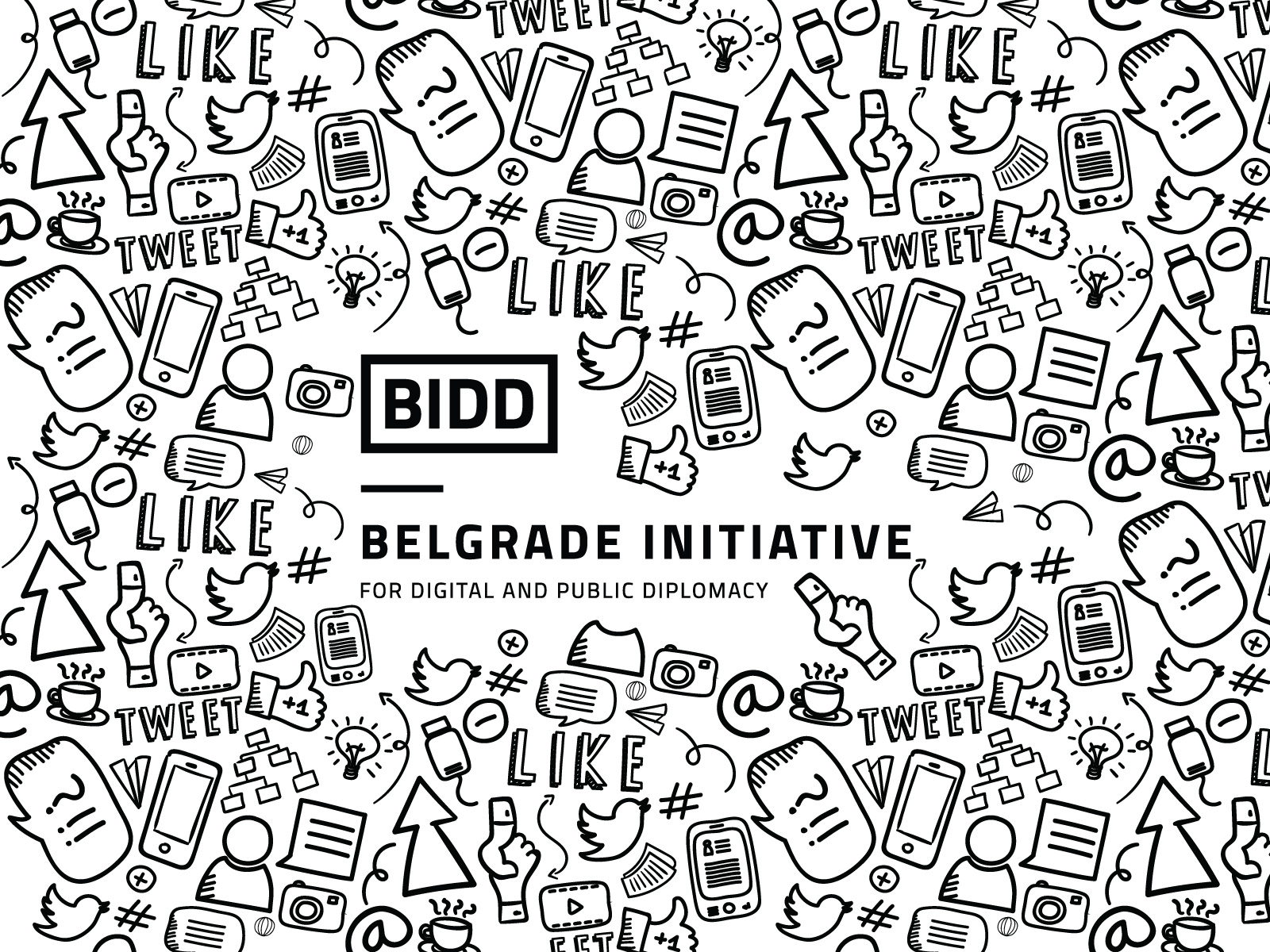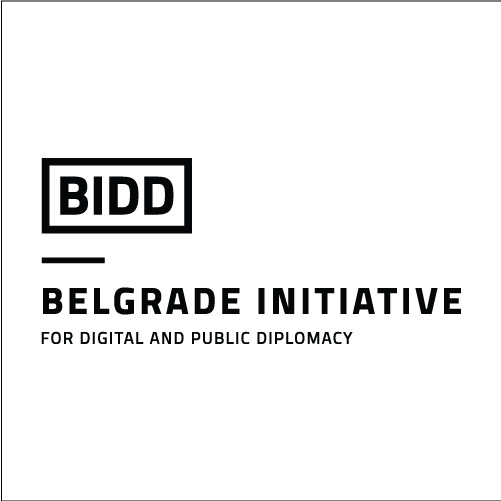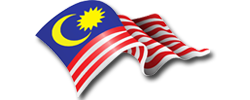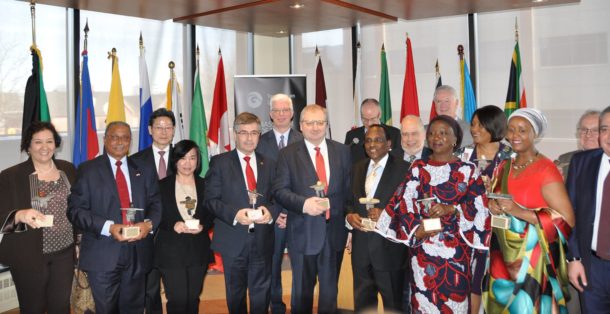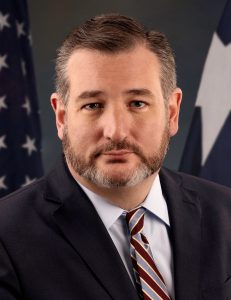ug.usembassy.gov; see also: U.S .Embassy Uganda: Notice of Funding Opportunity: Civic Education Project image from entry
image from entry
Funding Opportunity Title:
Funding Opportunity Number: DOS-PAS-FY19-KAM01
Deadline for Applications: December 21, 2018
CFDA Number: 19.040 – Public Diplomacy Program
Total Amount Available: Up to $20,000
This notice is subject to availability of fundingA. PROGRAM DESCRIPTION
The Public Affairs Section of the U.S. Mission in Uganda announces an open competition for organizations interested in administering the American Center and implementing programming in to promote mutual understanding between the people of Uganda and the United States.The selected implementer will be responsible for administering and maintaining the Center, managing and curating the Center’s collection, and implementing programming under the direction of the Cultural Affairs Officer or her/his designees. The implementing partner will also be expected to have staff at the American Center full-time to assist with daily operational and management duties with minimal supervision. The U.S. Mission will be responsible for determining the overall strategic plan for the platform.Project Requirements
Proposals must include the following elements:
• A plan for fully staffing the American Center;
• Suggested curricula and programming activities;
• A sample two-week program;
• The period of performance would be one year from the signing of the grant.Criteria for the selection of the implementing partner will include but is not limited to the following:
• Demonstrated experience of providing the same services;
• Demonstrated ability to do cross-cultural programming;
• Organization must be a duly registered non-profit;Funding Instrument Type: Cooperative agreement. Under this agreement, there will be substantial Embassy involvement in managing the center and providing supervision and direction to the selected grantee.B. APPLICATION PROCEDURES AND ELIGIBILITY
Please follow all instructions below carefully. Proposals that do not meet the requirements of this announcement or fail to comply with the stated requirements will be ineligible.1. Proposal: The proposal should clearly explain how the project will be implemented, including enough detail that someone unfamiliar with the proposal would easily understand the goals. You may use your own proposal format, but it must include all the items below.
• Proposal Summary: A short, concisely written narrative that outlines the proposed project, including project objectives, goals, and outcomes.
• Introduction to the Organization: A very brief description of past and present operations that demonstrate the organization/individual’s ability to implement the project. Include information on all previous grants from the U.S. Mission and/or U.S. government agencies.
• Problem Statement: Clear, concise and well-supported statement of the problem to be addressed and why the proposed project is needed.
• Project Goals and Objectives: The “goals” describe what the project is intended to achieve. The “objectives” refer to the intermediate accomplishments on the way to the goals. These should be achievable and measurable.
• Project Activities: Describe the project activities and how they will help achieve the objectives.
• Program Methods and Design: A description of how the project is expected to work to solve the stated problem and achieve the goal. Include a logic model as appropriate.
• Proposed Project Schedule and Timeline: The proposed timeline for the project activities. Include the dates, times, and locations of planned activities and events.
• Key Personnel: Names, titles, roles and experience/qualifications of key personnel involved in the project. What proportion of their time will be used in support of this project?
• Project Partners: List the names and type of involvement of key partner organizations and sub-awardees.
• Project Monitoring and Evaluation Plan: This is an important part of successful grants. Throughout the time-frame of the grant, how will the activities be monitored to ensure they are happening in a timely manner, and how will the program be evaluated to make sure it is meeting the goals of the grant?
• Future Funding or Sustainability: Applicant’s plan for continuing the program beyond the grant period, ability to cost-share, or the availability of other resources, if applicable.2. Budget in US dollars: Use budget categories listed below when drawing up the project budget, include a short narrative of the budget items. All budget items must be itemized.Guidelines for the Project Budget
• Personnel and Fringe Benefits: Describe the wages, salaries, and benefits of temporary or permanent staff who will be working directly for the applicant on the project, and the percentage of their time that will be spent on the project.
• Travel: Estimate the costs of travel and per diem for this project, both for program staff, consultants or speakers, and participants/beneficiaries. If the project involves international travel, include a brief statement of justification for that travel.
• Equipment: Describe any machinery, furniture, or other personal property that is required for the project, which has a useful life of more than one year (or a life longer than the duration of the project), and costs at least $5,000 per unit.
• Supplies: List and describe all the items and materials, including any computer devices, that are needed for the project. If an item costs more than $5,000 per unit, then put it in the budget under Equipment.
• Contractual: Describe goods and services that the applicant plans to acquire through a contract with a vendor. Also describe any sub-awards to non-profit partners that will help carry out the project activities.
• Other Direct Costs: Describe other costs directly associated with the project, which do not fit in the other categories. For example, shipping costs for materials and equipment or applicable taxes. All “Other” or “Miscellaneous” expenses must be itemized and explained.
• Indirect Costs: These are costs that cannot be linked directly to the project activities, such as overhead costs needed to help keep the organization operating.
• “Cost Sharing” refers to contributions from the organization or other entities other than the U.S. Embassy. It also includes in-kind contributions such as volunteers’ time and donated venues.
• Alcoholic Beverages: Please note that award funds cannot be used for alcoholic beverages.C. Required Registrations:All organizations applying for this grant must obtain these registrations. Registration does not have to be completed at the time of application, but must be completed before finalization of the grant. All are free of charge:
• Unique entity identifier from Dun & Bradstreet (DUNS number)
• NCAGE/CAGE code
• www.SAM.gov registrationStep 1: Apply for a DUNS number and an NCAGE number (these can be completed simultaneously)DUNS application: Organizations must have a Data Universal Numbering System (DUNS) number from Dun & Bradstreet. If your organization does not have one already, you may obtain one by calling 1-866-705-5711 or visiting http://fedgov.dnb.com/webformNCAGE application: Application page here: https://eportal.nspa.nato.int/AC135Public/scage/CageList.aspx
Instructions for the NCAGE application process:
https://eportal.nspa.nato.int/AC135Public/Docs/US%20Instructions%20for%20NSPA%20NCAGE.pdfFor NCAGE help from outside the U.S., call 1-269-961-7766
Email NCAGE@dlis.dla.mil for any problems in getting an NCAGE code.Step 2: After receiving the NCAGE Code, proceed to register in SAM.gov by logging onto: https://www.sam.gov. SAM registration must be renewed annually.D. Eligibility
Any registered non-profit, non-governmental organization may submit a proposal. Cost-sharing or matching is encouraged but not required.E. Review and Selection ProcessA Grants Review Committee comprised of U.S. Mission members will evaluate all eligible applications and contact the selected implementer. Only organizations whose applications are being considered for funding will be contacted by the U.S. Mission.All application materials must be submitted by email to Kampalagrants@state.gov by close of business December 21, 2018Original Article
Notice of Funding Opportunity: American Center Management and Programming
Views: 1


